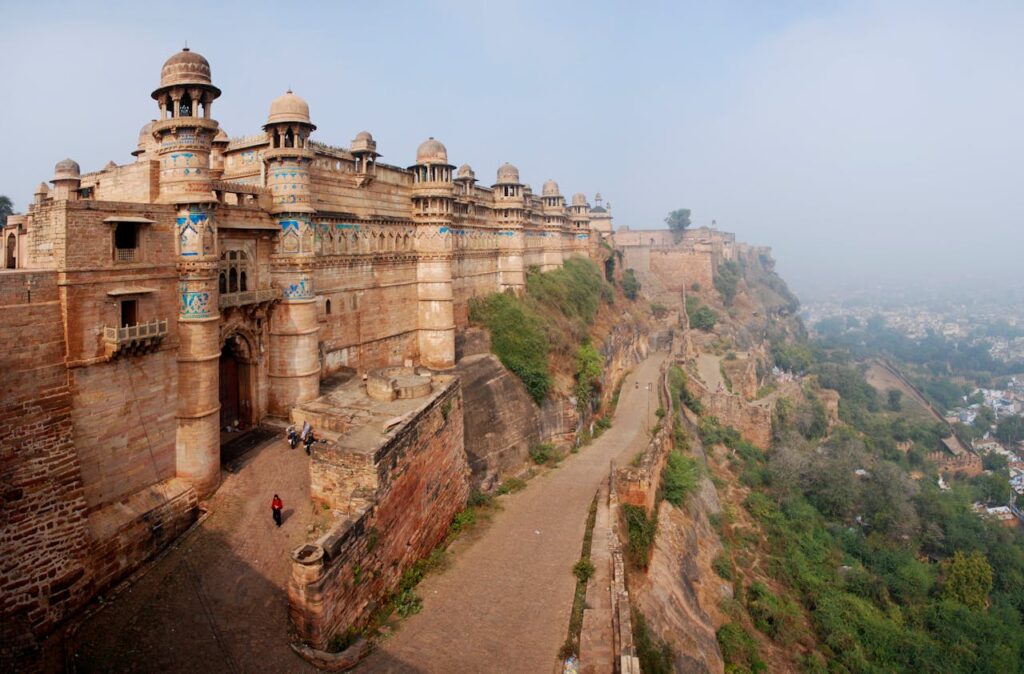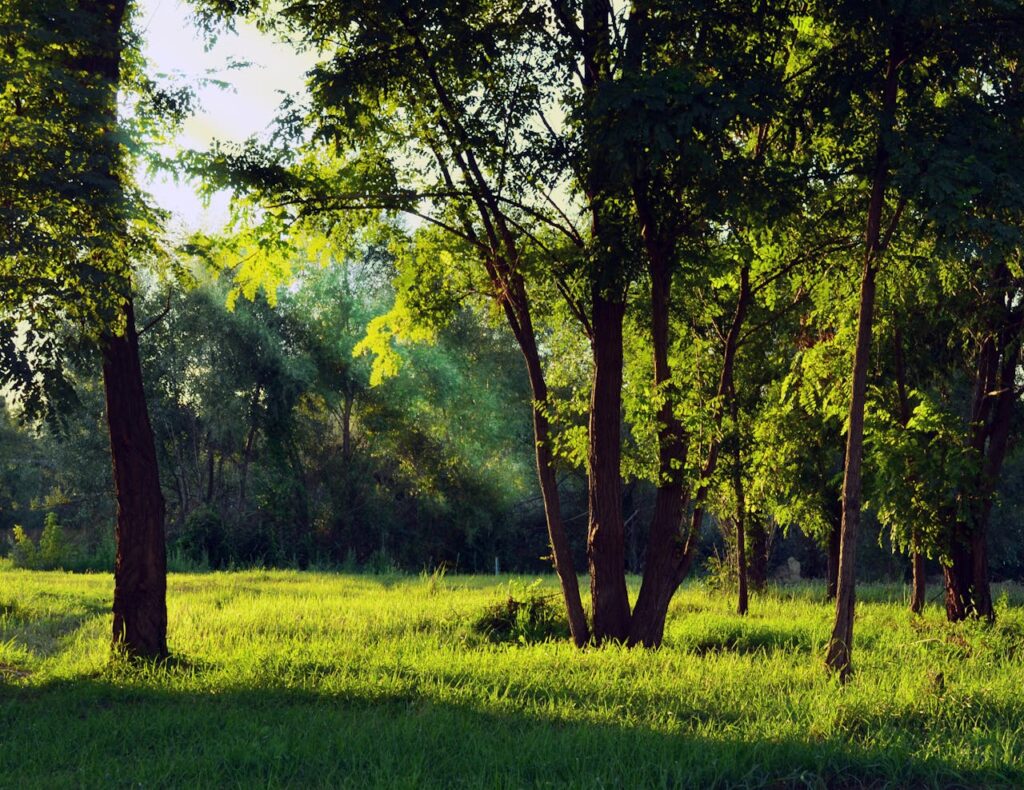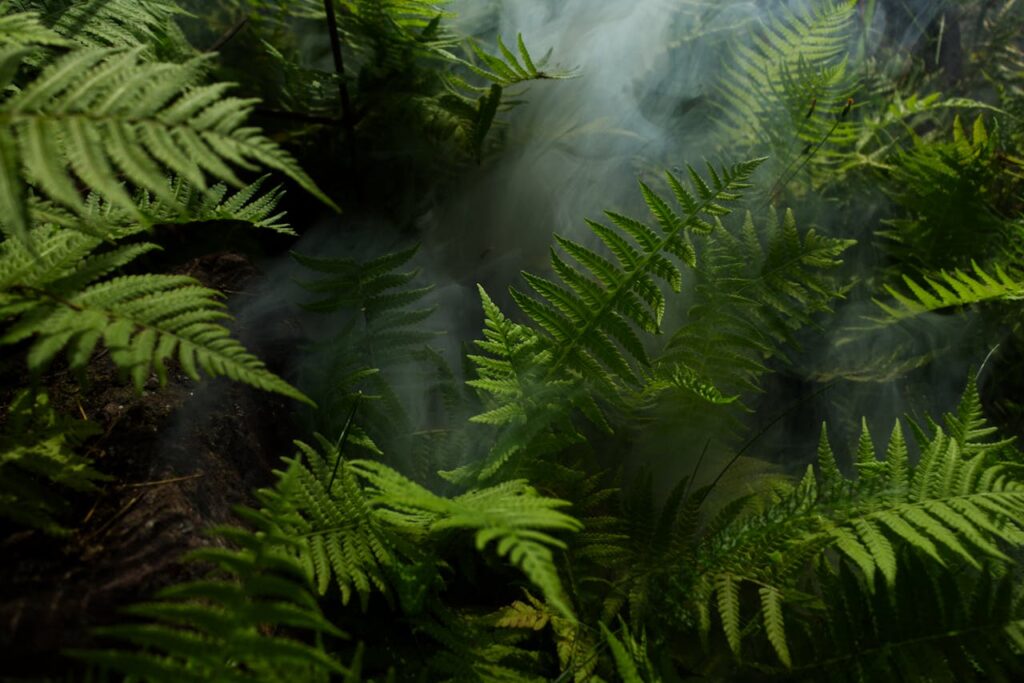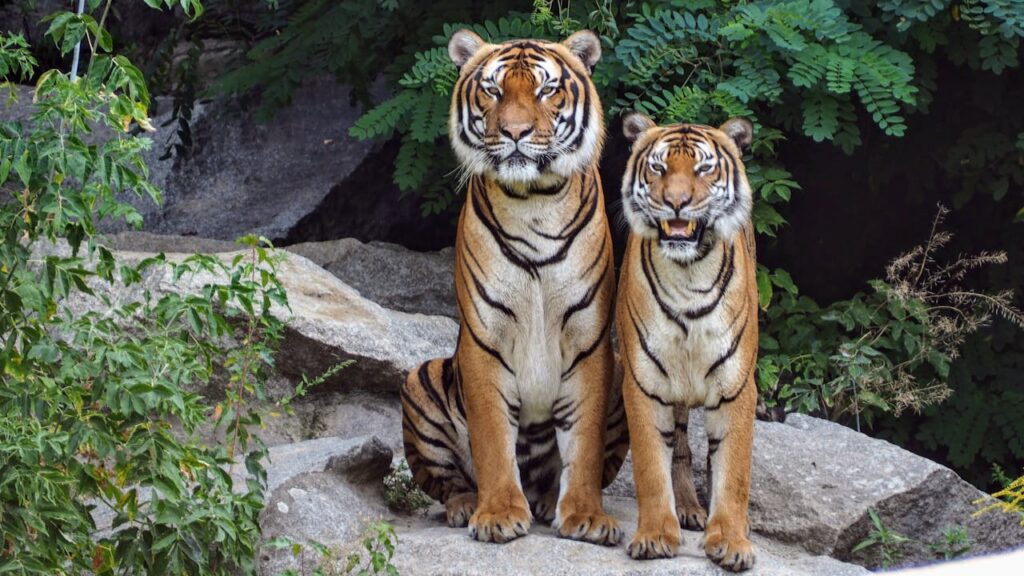Gwalior, a historic city in the Indian state of Madhya Pradesh, is renowned for its rich cultural heritage, magnificent forts, and vibrant architectural legacy. The city has been a significant center of power and culture in central India for centuries and offers a blend of ancient monuments, palaces, and temples. Here are some of the best places to visit in Gwalior, Madhya Pradesh:
Best Places to Visit
1. Gwalior Fort
Gwalior Fort, perched atop a hill, is one of the most impressive and iconic forts in India. Often referred to as the “Gibraltar of India,” the fort has a history dating back over a thousand years. It houses several historic structures, including palaces, temples, and water tanks. Key attractions within the fort include:
- Man Singh Palace: Also known as the Chit Mandir, this palace is famous for its ornate blue-tiled walls and intricate carvings.
- Sas Bahu Temples: These twin temples are known for their exquisite architecture and intricate carvings, dedicated to Lord Vishnu.
- Gujari Mahal: Built by Raja Man Singh for his queen Mrignayani, this palace now houses an archaeological museum.
- Key Attractions: Historic architecture, panoramic views, temples.
- Activities: Exploring historic sites, photography, cultural experiences.
- Location: Gwalior, Madhya Pradesh.
2. Jai Vilas Palace
Jai Vilas Palace, built in the 19th century, is a stunning example of European architecture. The palace serves as the residence of the Scindia royal family and houses the Jiwaji Rao Scindia Museum. The museum showcases a remarkable collection of artifacts, including a gigantic chandelier, royal furniture, and a silver train that served food. The palace’s Durbar Hall is particularly famous for its grandeur.
- Key Attractions: European architecture, royal artifacts.
- Activities: Museum visit, exploring the palace.
- Location: Gwalior, Madhya Pradesh.
3. Tomb of Tansen
The Tomb of Tansen is a significant cultural and historical site, dedicated to the great classical musician Tansen, one of the nine gems of Emperor Akbar’s court. The tomb is an example of Mughal architecture and is part of the complex that also houses the tomb of Sufi saint Muhammad Ghaus. The annual Tansen Music Festival, held here, attracts music lovers from across the country.
- Key Attractions: Mughal architecture, cultural significance.
- Activities: Exploring history, attending music festivals.
- Location: Gwalior, Madhya Pradesh.
4. Gopachal Parvat
Gopachal Parvat is a group of rock-cut Jain monuments and statues located on the southern slopes of Gwalior Fort. The site features several colossal statues of Jain Tirthankaras carved into the rock, some of which are over 15 meters tall. These sculptures date back to the 15th century and are a testament to the artistic and religious significance of the region.
- Key Attractions: Rock-cut Jain sculptures, religious importance.
- Activities: Exploring ancient art, photography.
- Location: Gwalior, Madhya Pradesh.
5. Sun Temple (Surya Mandir)
The Sun Temple in Gwalior, inspired by the famous Sun Temple of Konark, is dedicated to the Sun God. The temple’s architecture is a beautiful blend of red sandstone and white marble, featuring intricate carvings and a grand chariot-like structure. The temple is a popular spot for both tourists and devotees, offering a peaceful ambiance.
- Key Attractions: Beautiful architecture, religious significance.
- Activities: Offering prayers, exploring the temple.
- Location: Gwalior, Madhya Pradesh.
6. Sas Bahu Temples
The Sas Bahu Temples, also known as the Sahastrabahu Temples, are twin temples located near the Gwalior Fort. Dedicated to Lord Vishnu, these temples are renowned for their intricate carvings and exquisite architectural design. Despite the name “Sas Bahu,” which means “mother-in-law and daughter-in-law,” the temples are not dedicated to any such deities but are a misinterpretation of “Sahastrabahu.”
- Key Attractions: Exquisite carvings, ancient architecture.
- Activities: Exploring architecture, photography.
- Location: Near Gwalior Fort, Madhya Pradesh.
7. Teli Ka Mandir
Teli Ka Mandir, located within the Gwalior Fort complex, is a unique architectural marvel that combines elements of both North and South Indian temple styles. The temple, dedicated to Lord Vishnu, features a towering shikhara (spire) and intricately carved walls. It is one of the oldest and tallest structures within the fort, offering a glimpse into the region’s rich architectural heritage.
- Key Attractions: Unique architectural style, historical significance.
- Activities: Exploring the temple, photography.
- Location: Gwalior Fort complex, Madhya Pradesh.
Summary Table
| Place | Description | Key Attractions | Location |
|---|---|---|---|
| Gwalior Fort | Historic fort with palaces, temples, and views | Man Singh Palace, Sas Bahu Temples | Gwalior |
| Jai Vilas Palace | European-style palace with a museum | Royal artifacts, Durbar Hall | Gwalior |
| Tomb of Tansen | Tomb of the great musician Tansen | Mughal architecture, Tansen Music Festival | Gwalior |
| Gopachal Parvat | Rock-cut Jain sculptures | Colossal statues, religious significance | Gwalior |
| Sun Temple | Temple dedicated to the Sun God | Beautiful architecture, peaceful ambiance | Gwalior |
| Sas Bahu Temples | Twin temples with intricate carvings | Ancient architecture, Vishnu dedication | Near Gwalior Fort |
| Teli Ka Mandir | Unique temple combining North and South Indian styles | Towering shikhara, historical significance | Gwalior Fort complex |
How to Reach Gwalior
By Air
Gwalior has its own airport, Rajmata Vijaya Raje Scindia Airport, which is well-connected to major cities like Delhi, Mumbai, and Indore. The airport is located about 10 kilometers from the city center.
By Train
Gwalior Junction is a major railway station in the city, well-connected to all major cities in India, including Delhi, Mumbai, Chennai, and Kolkata. Several express and superfast trains pass through Gwalior, making it easily accessible by rail.
By Bus
Gwalior is well-connected by road, with regular bus services from nearby cities and states. The city is connected via National Highway 44 and National Highway 27, making it accessible by car and bus.
By Car
Gwalior is accessible by road via National Highways and state highways. The road network is well-maintained, making it convenient for visitors traveling by car.
Best Time to Visit Gwalior
The best time to visit Gwalior is during the winter months, from October to March, when the weather is cool and pleasant. This period is ideal for exploring the city’s historical sites and enjoying outdoor activities. The summer months, from April to June, can be hot, while the monsoon season, from July to September, brings moderate rainfall.
Travel Tips
- Local Cuisine: Gwalior offers a variety of traditional Madhya Pradesh dishes, including kebabs, poha, jalebi, and dal bafla. Don’t miss trying the local sweets like gajak and peda.
- Cultural Etiquette: Respect local customs and traditions, especially when visiting religious sites. The locals are friendly and welcoming, and engaging in polite conversation is appreciated. Dress modestly, especially when visiting temples and religious places.
- Language: The primary languages spoken in Gwalior are Hindi and English. English is widely understood and used in most tourist areas.
- Currency: The official currency in India is the Indian Rupee (INR). Credit and debit cards are accepted in most places, but it is advisable to carry cash for small transactions.
Itinerary Suggestions
One-Day Trip
- Morning: Start with a visit to Gwalior Fort to explore the Man Singh Palace, Sas Bahu Temples, and Teli Ka Mandir. Then, head to the Tomb of Tansen to learn about the great musician’s legacy.
- Afternoon: Have lunch at a local restaurant and visit Jai Vilas Palace to explore the royal artifacts and museum. Afterward, visit Gopachal Parvat to admire the rock-cut Jain sculptures.
- Evening: Conclude with a visit to the Sun Temple for a peaceful time and reflection.
Weekend Getaway
- Day 1: Begin with visits to Gwalior Fort, including Man Singh Palace, Sas Bahu Temples, and Teli Ka Mandir. In the afternoon, explore Jai Vilas Palace and the Jiwaji Rao Scindia Museum. End the day with a visit to the Tomb of Tansen.
- Day 2: Start with a morning trip to Gopachal Parvat to see the Jain sculptures. Then, head to the Sun Temple for a serene experience. Conclude your trip with a visit to the local markets to shop for traditional handicrafts and local products.
Gwalior’s blend of historical significance, architectural marvels, and rich cultural heritage makes it a captivating destination in Madhya Pradesh. Whether you’re exploring ancient forts, experiencing royal palaces, or delving into the vibrant local arts and music scene, Gwalior offers a unique and memorable experience for every traveler




















